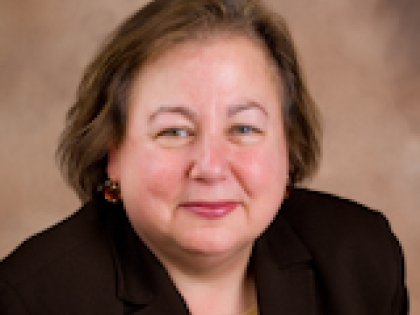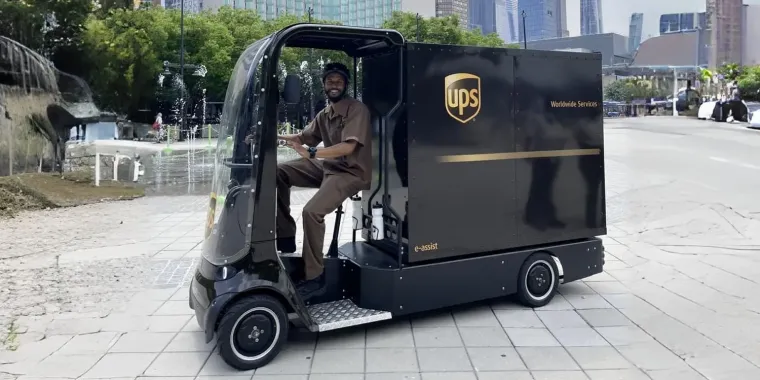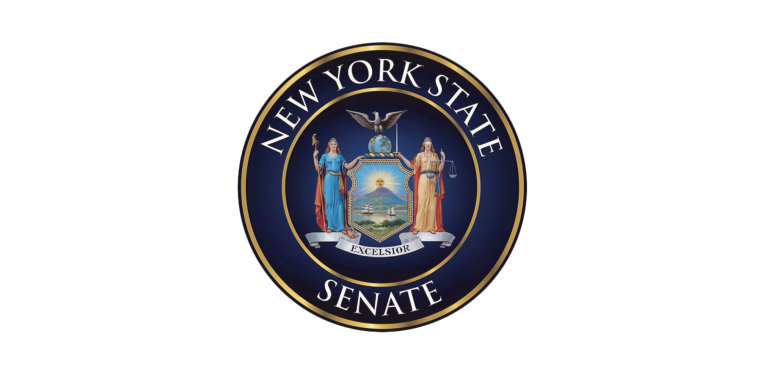
Testimony Before The Mta Regarding The Second Avenue Subway Project on May 12, 2003
Liz Krueger
July 12, 2010
I am State Senator Liz Krueger and I represent the 26th District on the East Side of Manhattan. I want to begin by expressing my sincere gratitude to the MTA for its commitment to this project. The publication of the SDEIS marks a tremendous step toward the first groundbreaking of the Second Avenue Subway since 1972. I appreciate the compelling case the document makes for the Second Avenue Subway, and its honest and comprehensive treatment of both the obstacles and impacts of construction. I just want to say a few words regarding why I think this is the most important transit project for New York City’s growth and well-being, and express some early concerns about the impacts of construction on the lives of the people who live along Second Avenue.
No other American city depends as much on mass transit, yet there have been no significant additions to New York’s subway system since 1940. We have an undersized and outdated subway system that has not been able to keep up with the tremendous growth in ridership, and has not been able to serve many of the large residential areas and business centers that have emerged since World War II. The result is a dangerously overcrowded Lexington line that carries all the north-south subway traffic generated by growth on the East Side for the last 50 years. Because the City strategically tied zoning and density planning to transit planning, it allowed the aggressive development of the East Side with the assumption that a Second Avenue subway would exist to serve these people. In my district, residents of the densely populated neighborhoods of the Upper East Side, Turtle Bay, Kips Bay, and Murray Hill live at inconvenient distances from a subway. They endure long walks to a subway line that is severely overcrowded and frequently delayed. In addition, there are a number of massive projects, such as the Con Edison Waterside site and the expansion of the Bellevue campus, which will bring tens-of thousands of new residents and workers to the neighborhoods east of Third Avenue in the 20s and 30s over the next ten years. The magnitude and rapid progress of these developments makes the Second Avenue Subway even more critical.
The Second Avenue Subway will play a key role in the economic revitalization of Manhattan. In fact, this project should be treated as an investment that will promote future economic growth throughout the City. For instance, the access it provides to Lower Manhattan makes it a vital component to the rebuilding of this region. Since nearly half of all subways in the MTA system would link directly to this new line, access to Lower Manhattan from nearly any part of the city would be significantly facilitated. It would also generate new investment in areas currently underserved, such as East Harlem, the Lower East Side, and Chinatown. Perhaps most importantly in terms of long-term planning, the SDEIS explains that the Second Avenue Subway would be built to allow for expansion to Queens, the Bronx, and Brooklyn, making this project a key to the modernization of citywide subway service. By having the Second Avenue Subway connect to existing subway lines at various stations, and by constructing it in a way that would allow for future expansion to other boroughs, this project is needed to reintegrate New York geographically by providing direct connections between today’s growing neighborhoods and job centers.
I also want to touch on the environmental benefits of this project. The SDEIS documents the significant impact the Second Avenue Subway would have in terms of the reduction of vehicle trips per day. The new line would divert auto and taxi modes to work and to the subway, improving carbon monoxide levels.
While the long-term social, economic and environmental benefits of the Second Avenue Subway project are undeniable, I do have concerns regarding the short-term impacts of construction on the people who currently live along the Second Avenue corridor. I greatly appreciate the honest and full discussion of these impacts in the SDEIS, which acknowledges the alarming increases in traffic, dust, noise, vibrations and other serious impacts generated by construction. It is essential that the MTA establishes a meaningful dialogue with the effected communities, and that community advisory groups are formed and incorporated into the planning process. In addition, it is important to have community representatives at the Technical Advisory Committee and Interagency Traffic Task Force meetings. This project is a civic enterprise, and it is important to remember that often the best ideas and solutions do not come from the agencies. In order for this massively disruptive project to be successfully executed, public participation and input must be systematically incorporated throughout the construction phase.
There are a few specific concerns I have regarding the selection of shaft sites and related issues. As the EIS documents, these shaft sites will be enormously disruptive to nearby residents and will generate traffic conditions that standard traffic engineering improvements will not be able to mitigate. It is essential for the MTA to select sites and manage operations in a manner that is sensitive to local residents and businesses, as well as hospitals, schools, and fire departments. The MTA must restrict the timing of blasting and drilling operations, and trucks must be rerouted off of residential streets.
I am particularly concerned about the loss of active space in several parks, particularly St. Vartan Park. The western portion of the park, which would be used as a staging area for station construction and spoils removal, contains heavily used basketball and handball courts that constitute active space in a neighborhood that is severely deprived of parkland. According to the SDEIS, “some park users are likely to use other nearby parks with similar facilities to avoid noise or other construction disturbances.” In this neighborhood, there is essentially nowhere else to go for these activities. As Federal law prohibits the use of a public park for this purpose unless there is no feasible alternative, I urge the MTA to further explore the alternatives discussed in the SDEIS. In the event that this park must be used, I was pleased that NYCT was committed to working with the Parks Department to locate an appropriate location for a temporary replacement facility. It is absolutely imperative, however, that this replacement park is built prior to any construction at St. Vartan Park and located in its direct vicinity.
Once again, thank you for the tremendous progress you have made in planning for the construction of a full-length Second Avenue Subway. As we near the completion of East Side Access, which will bring nearly 20,000 more daily riders to the Lexington line, it is critical that this project remains on an ambitious schedule, with construction beginning by the end of 2004. I encourage the MTA to explore ways to improve the cost-effectiveness of the project, without jeopardizing that the Second Avenue Subway be built in its entirety. The people of New York have overwhelmingly expressed throughout the public outreach process that a partial subway is not acceptable. In my capacity as a State Senator, I look forward to working with the MTA and City, State, and Federal officials to secure the necessary support and funding for this vital project, which I consider one of the most important investments in New York’s future.
Share this Article or Press Release
Newsroom
Go to NewsroomSenator Krueger's Town Hall: Financial Roadmap Series Part 1
September 19, 2023



